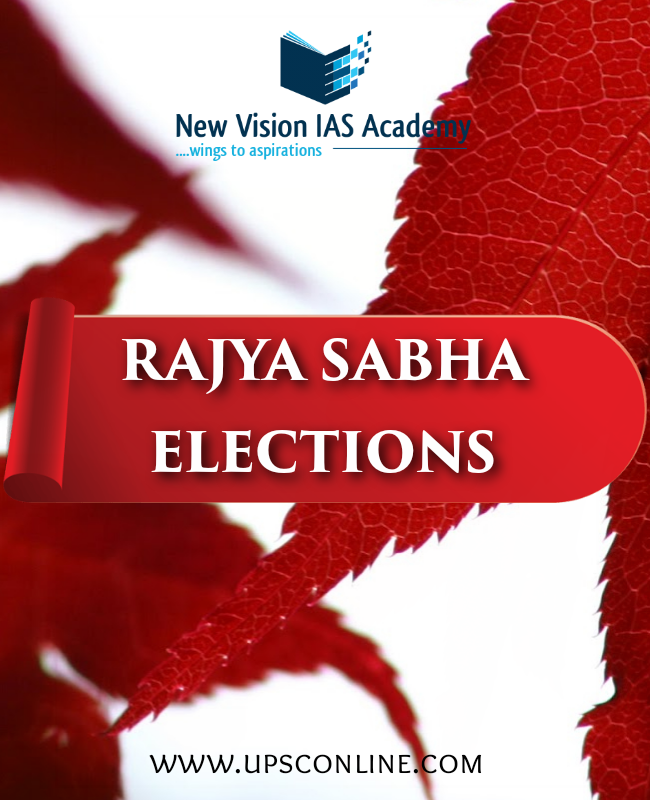RAJYA SABHA ELECTIONS
There are several features that distinguish elections to the Council of States, or the Upper House of Parliament, from the general elections. Only elected members of the State Legislative Assemblies can vote in a Rajya Sabha election A batch of new members , is elected every two years for a term of six years. Rajya Sabha is a permanent house and is not subject to dissolution. One third of members retires from each state in every two years. Voting is by single transferable vote, as the election is held on the principle of proportional representation.
The Delhi and Puducherry Assemblies elect members to the Rajya Sabha to represent the two Union Territories.
The Delhi and Puducherry Assemblies elect members to the Rajya Sabha to represent the two Union Territories.
Candidates fielded by political parties have to be proposed by at least 10 members of the Assembly or 10% of the party’s strength in the House.
For independents, there should be 10 proposers, all of whom should be members of the Assembly.
A single transferable vote means electors can vote for any number of candidates in order of their preference.
To qualify, a candidate needs one point more than the quotient obtained by dividing the total value of the number of seats for which elections are taking place plus one.
A candidate requires a specified number of first preference votes to win. Each first choice vote has a value of 100 in the first round. To qualify, a candidate needs one point more than the quotient obtained by dividing the total value of the number of seats for which elections are taking place plus one.
If there are 4 seats and 200 MLAs voting, the qualifying number will be 200/5= 40 votes
The extra candidate is eliminated for want of enough first preference votes. So the results are clear in the first round itself. When more than one candidate fails to get the specified number, the second preference polled by the candidates will be transferred to their vote account. To avoid the cross voting and other corrupt practices, the ballot has partial openness. A marked ballots needs to be shown to the party’s authorised agent, before they are put into the ballot box . The independent candidates are barred from showing their ballots to anyone. The Election Commission of India (ECI) introduced the option to press the NOTA button to the Rajya Sabha polls, in 2014. It was struck down by the Supreme Court, in 2018 .
According to Supreme Court, the cross voting does not attract the disqualification for the candidate. The voting at the Rajya Sabha polls, considered as a non-legislative activity.



0 Comments